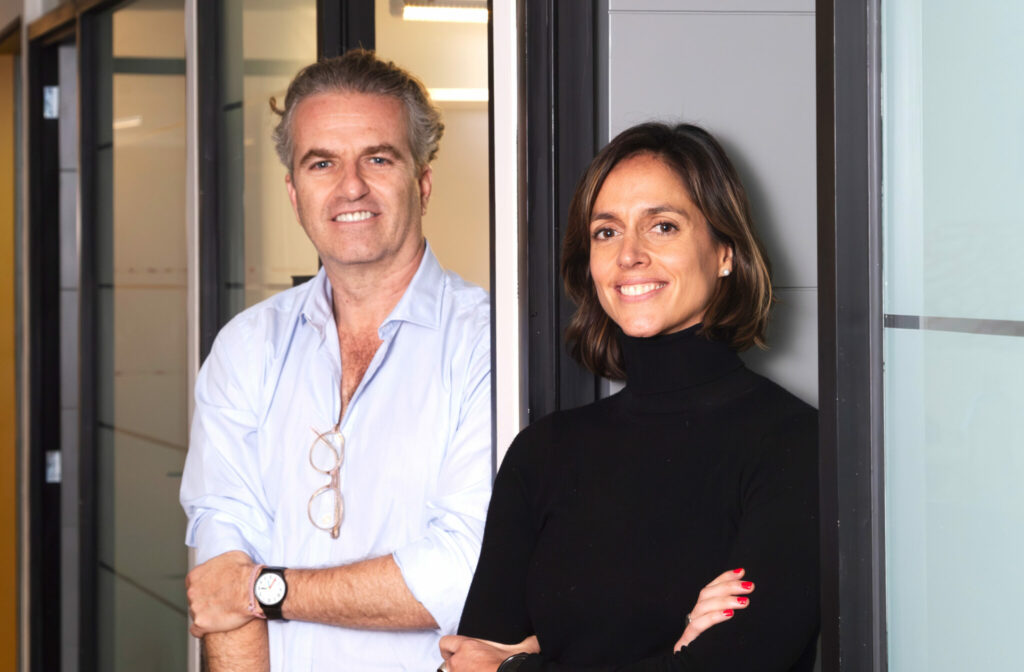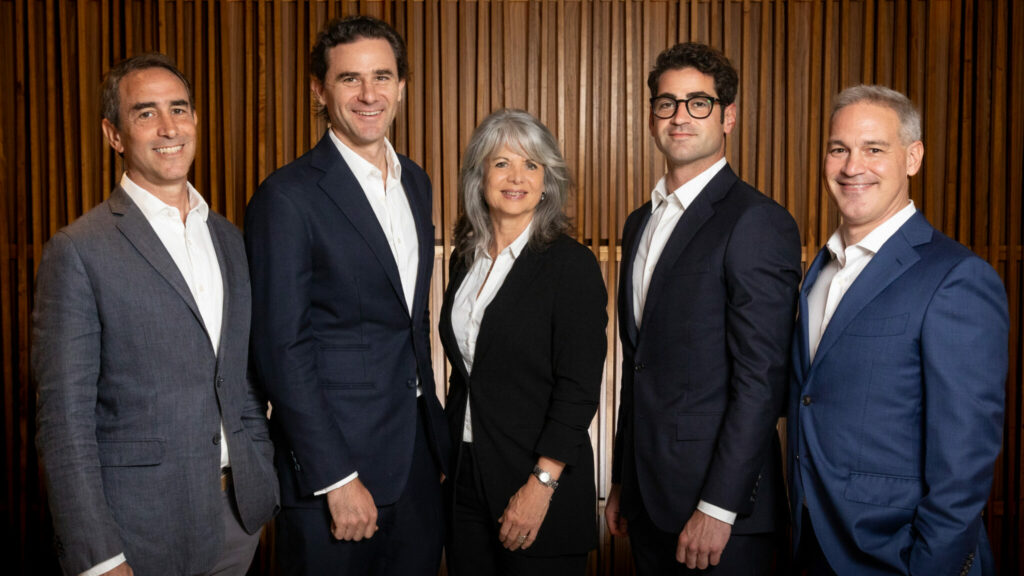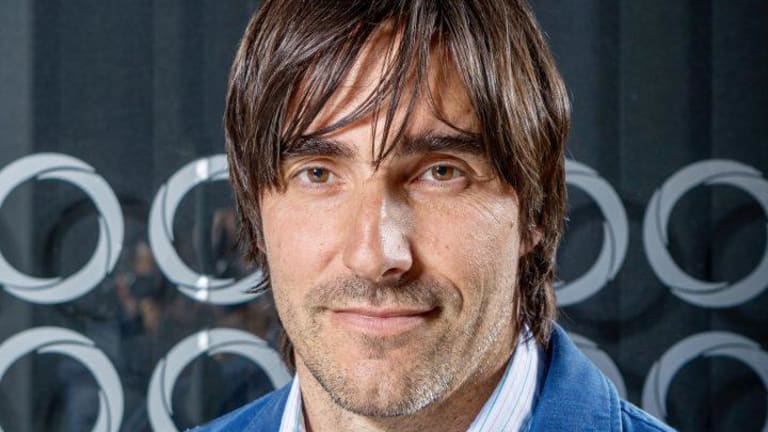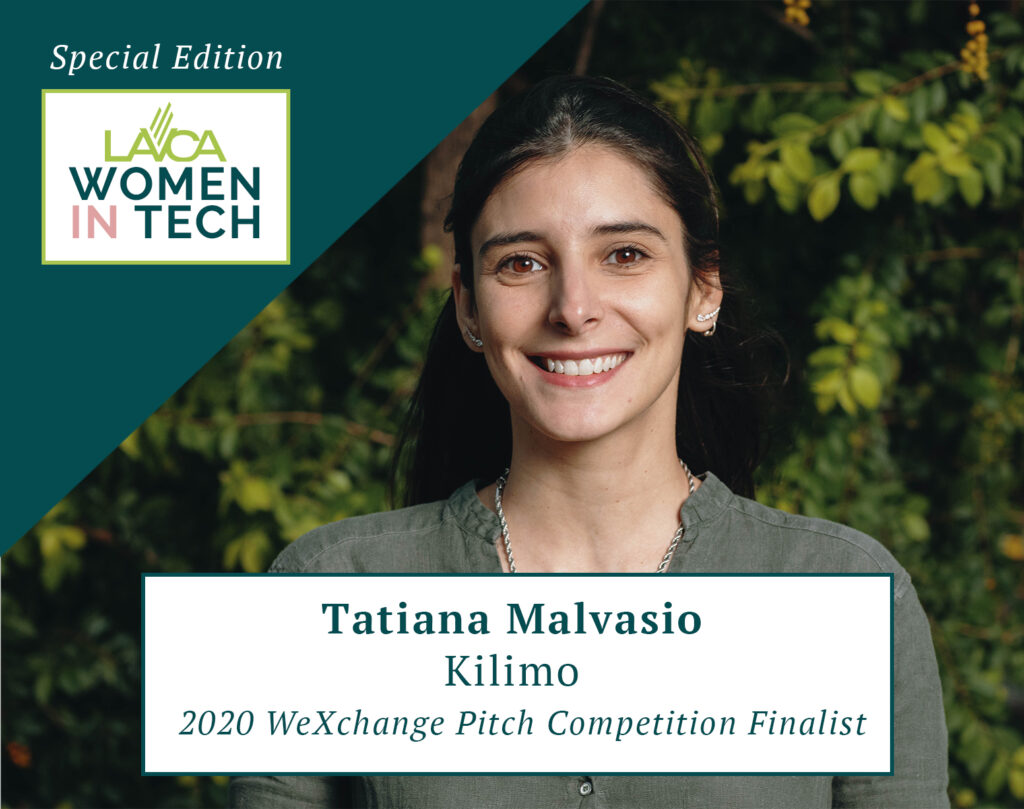Entrepreneur Profiles
Entrepreneur Profile: An Interview with Jaime Cater, Health Digital Systems
17 November 2011

Jaime Cater, CEO of Mexico-based Health Digital Systems (HDS) recently spoke with LAVCA about how changes and inefficiencies in the health care system opened up opportunities for entrepreneurs.
 LAVCA: Give us the HDS elevator pitch.
LAVCA: Give us the HDS elevator pitch.
Cater: HDS is a Mexican company created by medical and IT professionals to provide technology and consultancy solutions for the entire health care ecosystem. We offer a comprehensive patient centered information management system that integrates the three industry players: 1) insurance and health care financier, 2) providers including hospitals, clinics, doctors and pharmaceutical industry, and 3) regulators, including ministers of health and public institutions. Our system and services allow users to efficiently access, monitor, and share medical data over a secure online network in real time.
HDS’s services streamline administrative and clinical workflows and increase efficiency and transparency, while lowering operational costs so patients receive higher quality care.
In HDS we are very committed to the transformation of the health care industry, and to changing the way that patients are treated. We want to make health care more equitable and create a sustainable model for other countries.
LAVCA: What is your background?
Cater: I have a Bachelor’s degree in computer science from Anahuac University in Mexico City and did postgraduate work in space communications. I started my first software company at the age of 19 so my whole life has been related to high technology. Besides HDS, I have started more than 30 companies in Latin America and the US in the telecom, software, and security technologies sectors.
LAVCA: How did you come up with the business idea for HDS?
Cater: The idea was born almost nine years ago when I was participating in a public tender to provide telecom solution to a public hospital chain in the State of Mexico. I realized that there was no IT infrastructure of any kind, and I started to read about health care reforms all over the world.
I got in touch with some physicians in order to understand the problems in the sector, and initially we decided to create a software application. We realized pretty quickly that the problem was, and is, much more complex that we thought, and we’d need experts in change management, people who understand behavior across the entire health care ecosystem, as well as the legal environment.
LAVCA: What sort of financing have you received thus far?
Cater: We’ve received all types of support. My existing partners and I funded the first, second and third rounds of capital, but we also received financial support from CONACYT (Mexico Science and Technology Council). Then we started a formal capitalization process, and we signed with a Mexican venture capital firm.
LAVCA: For early stage financing, to what extent did investors take your own cash flow projections into account in the equity valuation of your company?
Cater: Cash flow projections are always very important, but I think the market opportunity and innovation concept is more important in the early stages. In the case of HDS, the health care industry has undergone changes in the last few years that have created opportunities for entrepreneurs. Some drivers include:
- The fragmentation of the health sector, creating a need for reform in most of Latin America
- Increased costs for health services and poor management control
- A gap between information management and patient needs
- Low quality patient services
LAVCA: What feedback have you received from investors about where to make improvements in your business model?
Cater: I think the most important advice has been to be very effective and clear in the use of resources. All business plans and models project revenues and positive cash flow sooner than they can actually be reached. Investors work hard to help reach those projections and to map the competition. We found that insight very useful at HDS.
LAVCA: Who is your competition?
Cater: HDS has a large variety of competitors, because not only do we provide software but also consultancy and professional services. We compete with companies like Siemens, SAP, Cerner, Alert, iSoft and local software applications providers. On other hand, we also compete with consultancy firms like Deloitte, PWHC and others who have health care practices.
LAVCA: What do you see as your competitive advantage?
Cater: First, we have the local clinical knowledge of the Latin American health care industry, second, HDS has unique software architecture for the entire health care ecosystem and third, we have a change management methodology designed by physicians and process experts
LAVCA: What is your most pressing strategic challenge right now?
Cater: While we complete the customer installations, controlling growth in expenditures is really crucial. The end users in the health care industry are very slow technology adopters. Doctors like to use technology for diagnostic and treatment but not for control. So the business cycle is long.
LAVCA: Tell us a bit more about your expansion into South America. Which countries are you targeting and why? Will you be seeking additional funding to aid in expansion efforts?
Cater: Most of our software is developed in Mexico and Colombia, but we also have operations in Venezuela. Plans for HDS’ expansion also include opening in Panama, Peru and Ecuador. We also recently opened a small office in Silicon Valley to start learning about and penetrating the US market.
We consider expansion our major investment and are currently presenting the plan to the board, emphasizing market opportunities and growth strategies that include both organic and inorganic expansion options.
LAVCA: Where do you hope to see HDS five years from now?
Cater: It is very difficult to predict the future in the technology industry, but I would like to see HDS as the dominant player in the IT health care market in Latin America. I hope we’ll be able to have an IPO before 2015 or maybe merge with one of the world leaders of the industry. We see HDS with more than 1,000 employees and revenues over US$ 200M.
For 2011, we’re projecting US $30M to US$35M in revenue and more than 300 employees.
LAVCA: What advice would you give to other aspiring entrepreneurs in Mexico?
Cater: To take a deep look into the transformation and innovation of your entrepreneurial idea and what impact it can have in the sector or industry. Be both patient and determined.
LAVCA: In your opinion, what changes do you think are most needed in order to build a stronger entrepreneurial and VC community in Mexico?
Cater: Communication and exposure. As entrepreneurs, we have very little knowledge about the opportunities of working with VCs. Also, the investor community needs to have better tools to contact and select great companies that are emerging. I also think entrepreneurs need to think more institutionally, and that VCs need to take more risk. That’s what they are for!
You may be interested in...
-

Is AI a Thing in Latin America? In Conversation with Hi Ventures
LAVCA sits down with Hi Venture to discuss their evolving thesis and vision for...
-

The Future of B2B Startup Investing in LatAm: In Conversation with NXTP
NXTP Ventures recently reached a USD98m final close for NXTP Fund III, its third...
-

A 20-Year Journey: An Interview with Technisys CEO Miguel Santos
Company: Technisys Investors: KASZEK, Dalus Capital, Riverwood Capital Interview...
-

Satellite Analytics & Irrigation Systems: Interview with Kilimo COO Tatiana Malvasio
Company: Kilimo Investors: NXTP Ventures, Alaya Capital, The Yield Lab, Xpand...